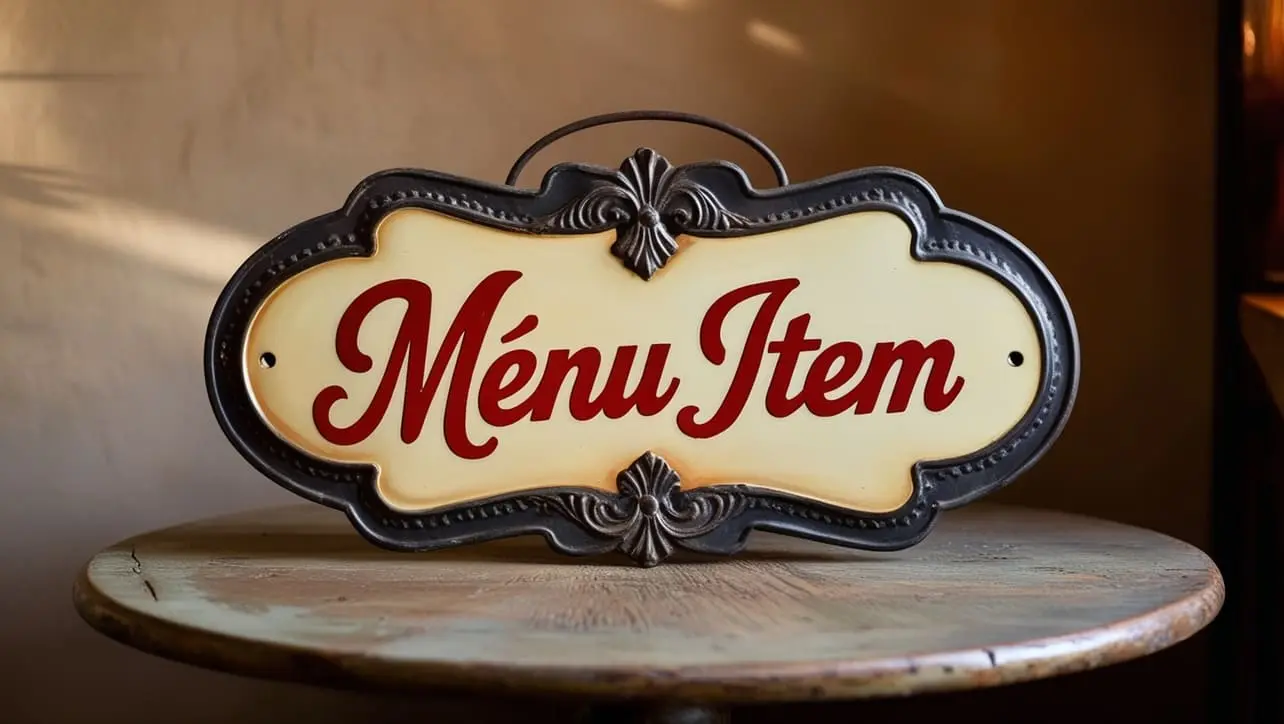
HTML Topics
- HTML Intro
- HTML Basic
- HTML Editors
- HTML CSS
- HTML Tags
- <!--...-->
- <!DOCTYPE>
- <a>
- <abbr>
- <address>
- <area>
- <article>
- <aside>
- <audio>
- <b>
- <base>
- <bdi>
- <bdo>
- <bgsound>
- <blink>
- <blockquote>
- <body>
- <br>
- <button>
- <canvas>
- <caption>
- <cite>
- <code>
- <col>
- <colgroup>
- <data>
- <datalist>
- <dd>
- <del>
- <details>
- <dfn>
- <dialog>
- <div>
- <dl>
- <dt>
- <em>
- <embed>
- <fieldset>
- <figcaption>
- <figure>
- <footer>
- <form>
- <h1> to <h6>
- <head>
- <header>
- <hgroup>
- <hr>
- <html>
- <i>
- <iframe>
- <img>
- <input>
- <ins>
- <kbd>
- <label>
- <legend>
- <li>
- <link>
- <main>
- <map>
- <mark>
- <menu>
- <meta>
- <meter>
- <nav>
- <noscript>
- <object>
- <ol>
- <optgroup>
- <option>
- <output>
- <p>
- <param>
- <picture>
- <pre>
- <progress>
- <q>
- <rp>
- <rt>
- <ruby>
- <s>
- <samp>
- <script>
- <search>
- <section>
- <select>
- <small>
- <source>
- <span>
- <strong>
- <style>
- <sub>
- <summary>
- <sup>
- <svg>
- <table>
- <tbody>
- <td>
- <template>
- <textarea>
- <tfoot>
- <th>
- <thead>
- <time>
- <title>
- <tr>
- <track>
- <u>
- <ul>
- <var>
- <video>
- <wbr>
- HTML Deprecated Tags
- HTML Events
- HTML Event Attributes
- HTML Global Attributes
- HTML Attributes
- HTML Comments
- HTML Entity
- HTML Head
- HTML Form
- HTML IndexedDB
- HTML Drag & Drop
- HTML Geolocation
- HTML Canvas
- HTML Status Code
- HTML Language Code
- HTML Country Code
- HTML Charset
- MIME Types
HTML menuitem tag

Photo Credit to CodeToFun
🙋 Introduction
In the landscape of web development, understanding the purpose and implementation of HTML elements is crucial.
This guide will delve into the <menuitem> tag, shedding light on its functionality and best practices for utilization.
🤔 What is <menuitem> Tag?
The <menuitem> tag is an HTML element primarily used within the <menu> element to represent a command or action that the user can invoke from a context menu or toolbar menu.
🚫 Deprecated Status:
It's important to note that the <menuitem> tag has been deprecated in HTML5 and should be avoided in favor of more modern alternatives to ensure compatibility and adherence to web standards.
💡 Syntax
The <menuitem> tag is a self-closing tag in HTML:
<menuitem>It is typically used within a <menu> element to represent a menu command.
🧰 Attributes
The <menuitem> tag does not support any attributes of its own. However, it inherits global attributes like id, class, and style from its parent elements.
📚 Common Use Cases
Context Menus:
The
<menuitem>tag is commonly used within the <menu> element to define items in a context menu, providing users with various actions they can perform.index.htmlCopied<menu> <menuitem label="Save" onclick="saveFunction()"></menuitem> <menuitem label="Copy" onclick="copyFunction()"></menuitem> <menuitem label="Paste" onclick="pasteFunction()"></menuitem> </menu>
🖥️ Browser Support
Since the <menuitem> tag is deprecated, its support across different browsers may vary. As of HTML5, its usage is discouraged, and it may not be fully supported in all modern browsers.
- Google Chrome: Not supported.
- Mozilla Firefox: Not supported.
- Microsoft Edge: Not supported.
- Safari: Not supported.
- Opera: Not supported.
- Internet Explorer: Not supported.
Ensure you test your code in various browsers to guarantee a seamless experience for your audience.
🏆 Best Practices
- Avoid Usage: As the
<menuitem>tag is deprecated, it's best to avoid using it in new projects. - Use Modern Alternatives: Explore modern alternatives like <button> or <a> tags with appropriate styling and event handling for creating interactive menu items.
🔄 Alternatives
Given the deprecation of the <menuitem> tag, consider using alternative approaches to achieve similar functionality:
- <button> Element: Use <button> elements styled as menu items and attach event listeners for interactivity.
- <a> Element: Employ <a> elements with appropriate styling and JavaScript event handlers to create clickable menu items.
🎉 Conclusion
While the <menuitem> tag served a purpose in earlier versions of HTML, its deprecated status in HTML5 necessitates the adoption of modern alternatives.
Understanding its limitations and exploring alternative approaches will ensure compatibility and future-proof your web projects.
👨💻 Join our Community:
Author

For over eight years, I worked as a full-stack web developer. Now, I have chosen my profession as a full-time blogger at codetofun.com.
Buy me a coffee to make codetofun.com free for everyone.
Buy me a Coffee












If you have any doubts regarding this article (HTML menuitem tag), please comment here. I will help you immediately.